The manufacture of castings
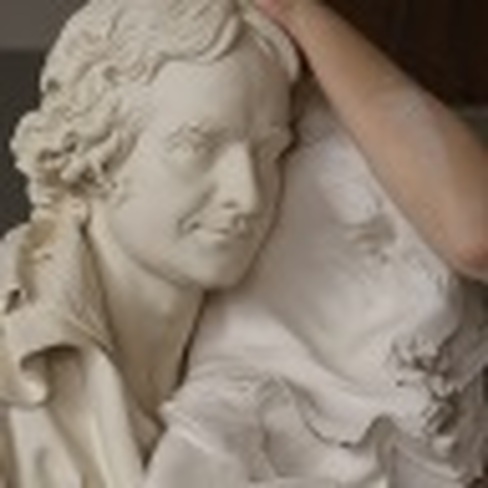
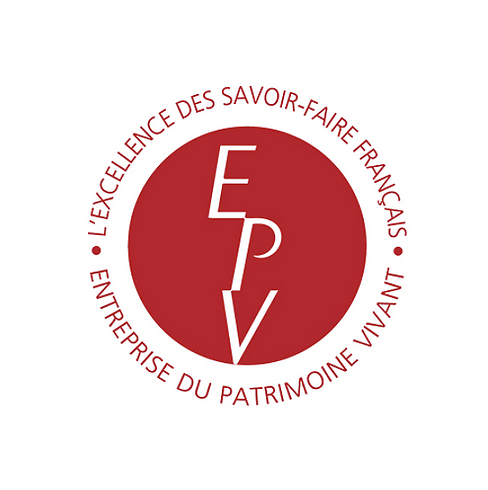
From the impression to the production of the mould
To obtain a mould, an impression must first be taken on the original work. In the past, this was done by stamping with earth or plaster. Today, impressions, which have become rarer, are taken with silicone elastomers. This material has the advantage of being elastic, precise and easy to unmould.
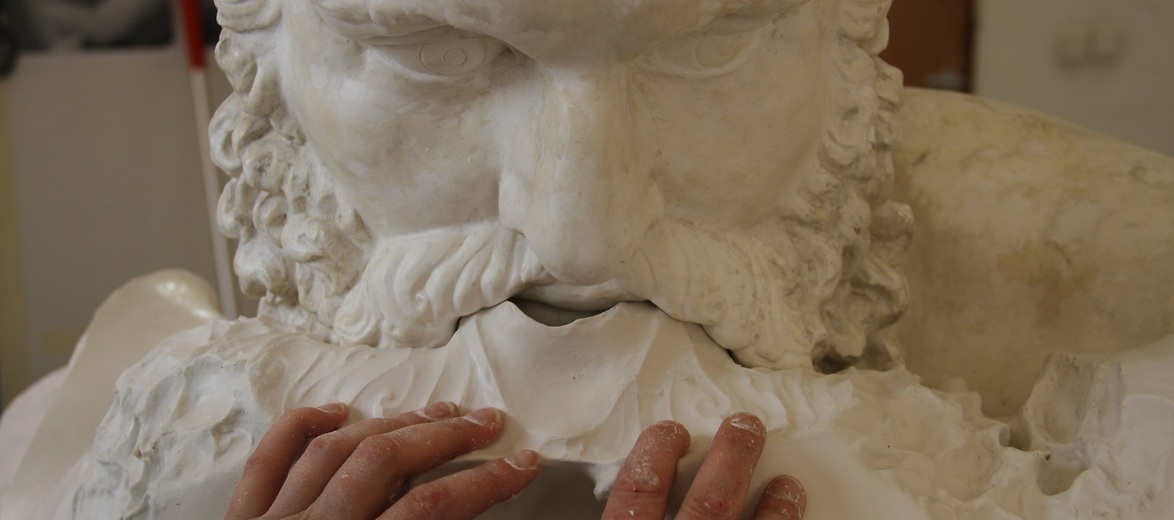
Before starting to make the mould, the moulder-statuary observes the work in order to determine the different parts that will make up the mould. This is what we call reasoning the mould.
At present, the highly supervised impression is always taken in coordination with the scientific staff responsible for the original work.
To preserve the original work, a protective layer is applied to the entire piece. The products used, which vary according to the material, are chosen in consultation with the restorers. The moulder-statuary then applies, with a brush, two layers of liquid elastomer then this membrane is thickened up to approximately one centimetre according to the volume to mould. When the volume is coated with its silicone membrane, all the plaster casings corresponding to the different parts of the mould are made. These hold the silicone once the assembly is unmoulded.
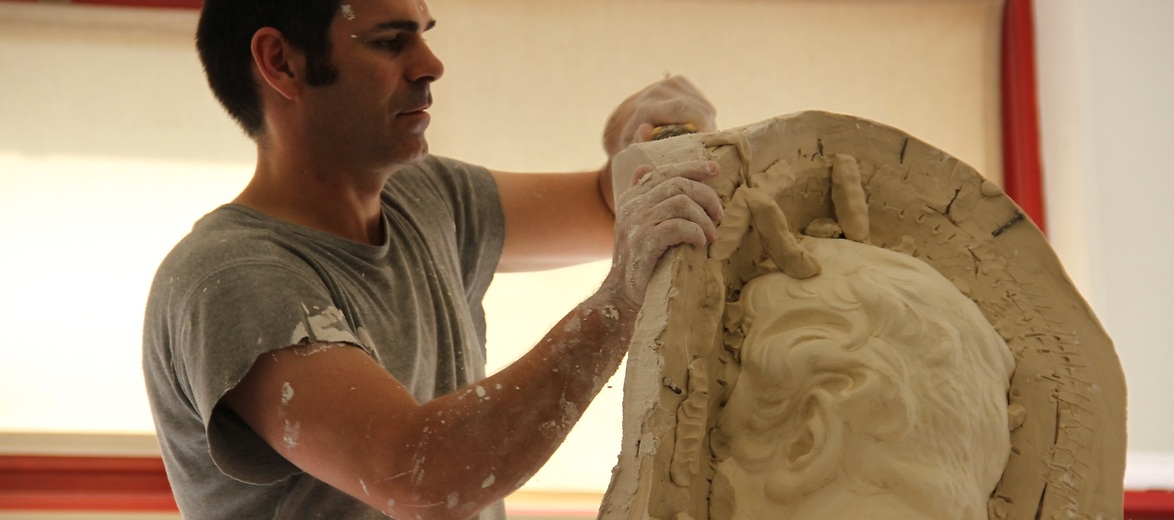
A wooden frame supports these screeds and thus helps in the demoulding and handling of the mould. Once the mould is finished, the work is removed from the mould. This is the most delicate step: any unfortunate manipulation can damage the original.
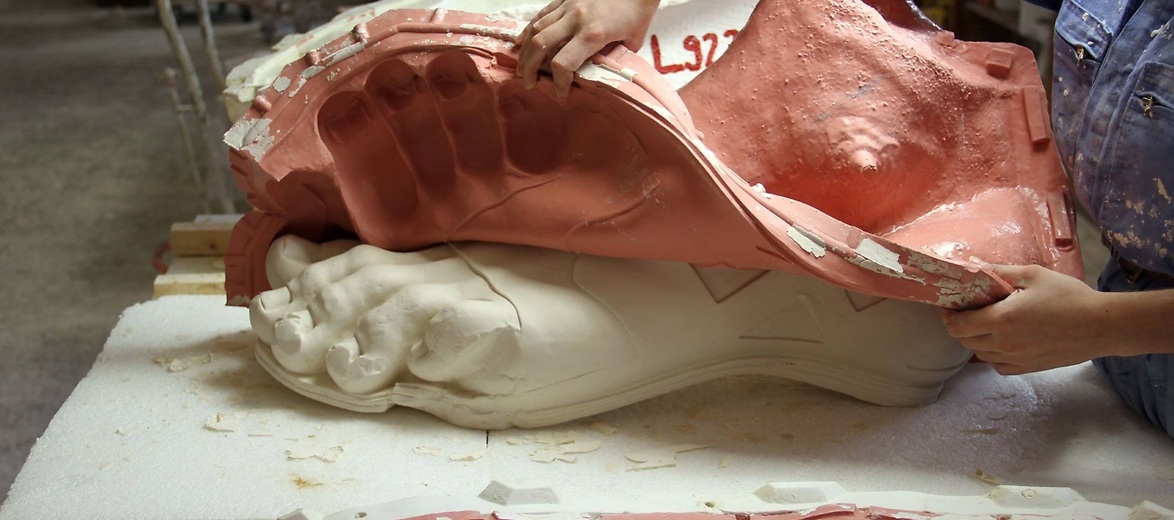
The realization of the print run
The moulding workshop of GrandPalaisRmn has some 12,000 moulds in which plaster, resin, terracotta and bronze moulds are made. The most frequently used technique is that of casting in printed form. The plaster is deposited in layers in the mould: the first with the plaster alone, the second is reinforced with filasse. For large rooms, a wooden or metal frame is made to support and consolidate the volume.
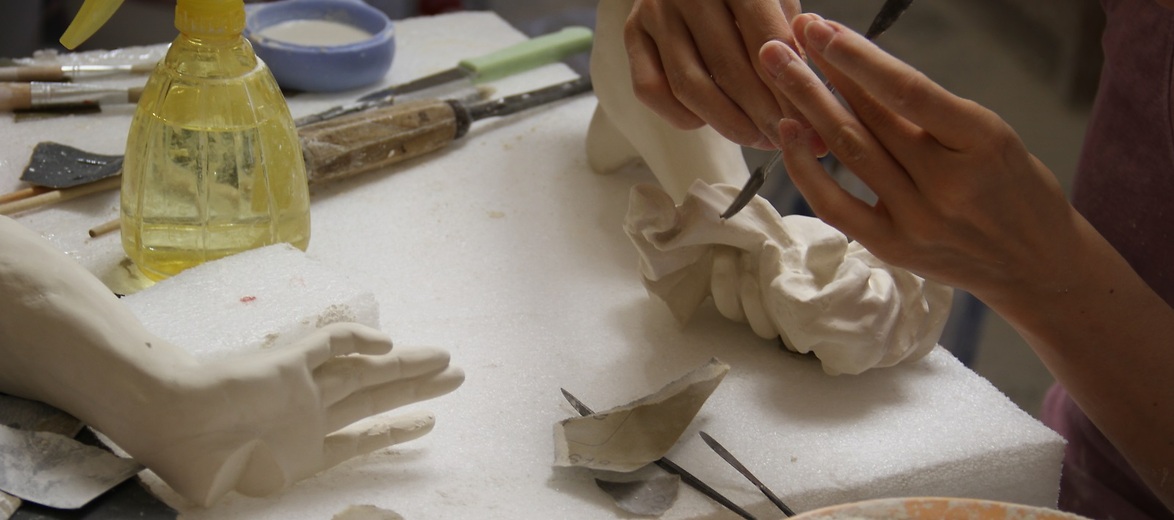
When the plaster is set, the print is released from the mold. The part has seams, which correspond to the joint plane of the different parts of the mould. These are deburred and then reworked in uniformity with the model to make invisible any trace of the manufacturing process.
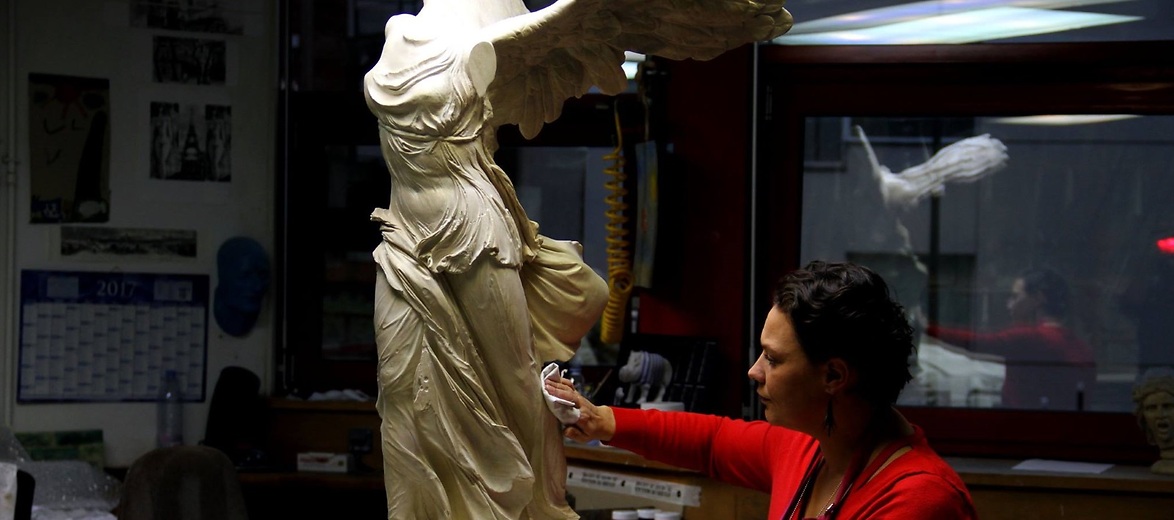
The patina
The last step in the manufacture of a casting consists in patinating the raw material to give it a surface effect as close as possible to the originals: this involves giving it the appearance of marble, terracotta, bronze, etc., as well as the effect of the passage of time.
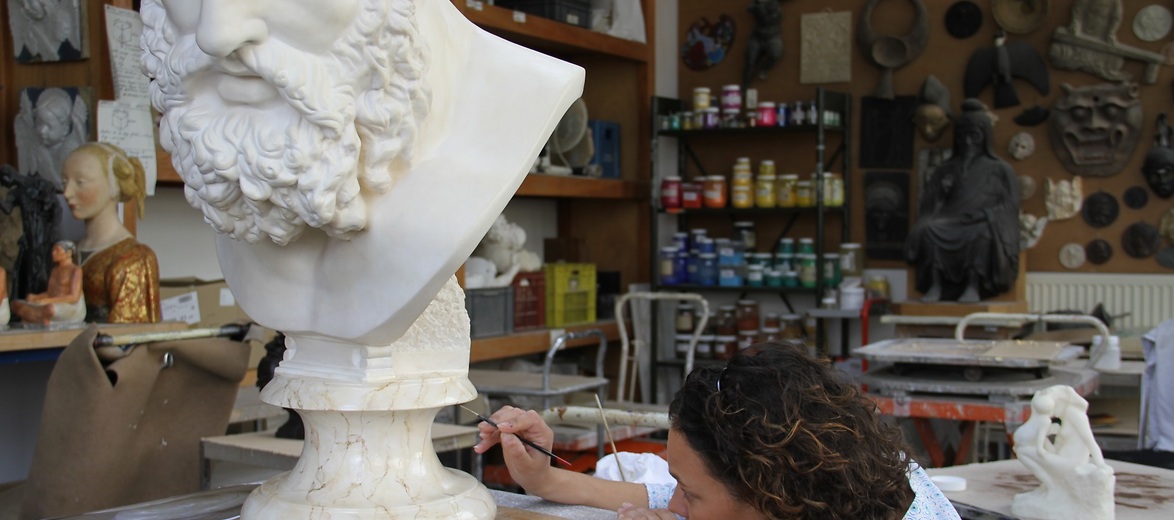
The Rmn-GP molding shop employs a team of skaters who master this art. The realization of a patina always passes by the meticulous observation of the original so that the result is as exact as possible. Skaters work with museum curators to validate the reference model.
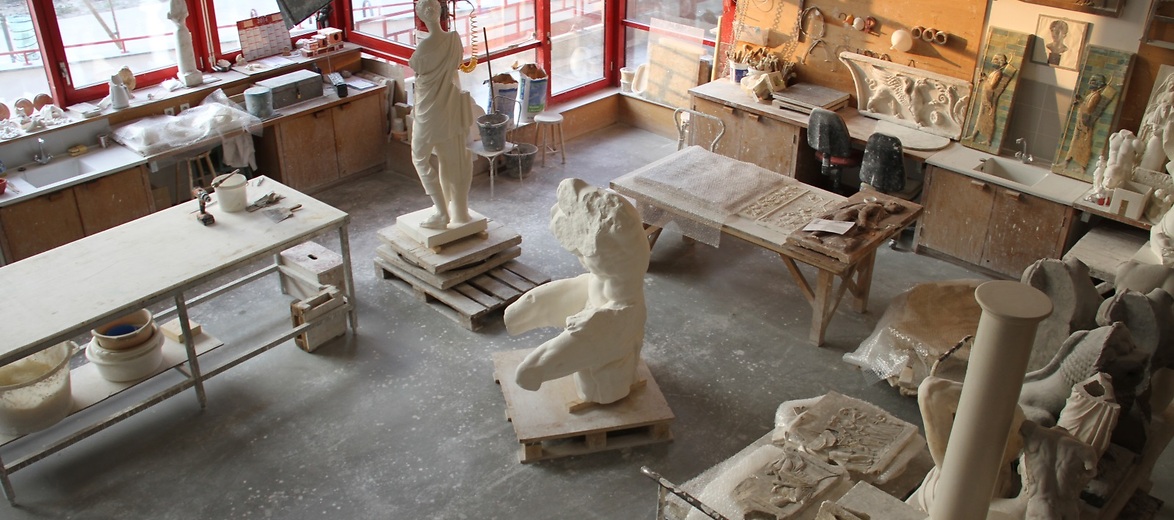
After defining the pigments, the skaters apply a first base coat to give a foundation tint to the entire casting. A layer of encaustic is then applied to restore the effect of the passage of time. Finally, the last stage, that of powder coating. These successive steps are essential to give the reproduction a look perfectly identical to the original. The number of steps may vary depending on the imitated material. Each patina is executed by hand with brushes and rags. Precise and sensitive, the skaters' work provides a quality finish.